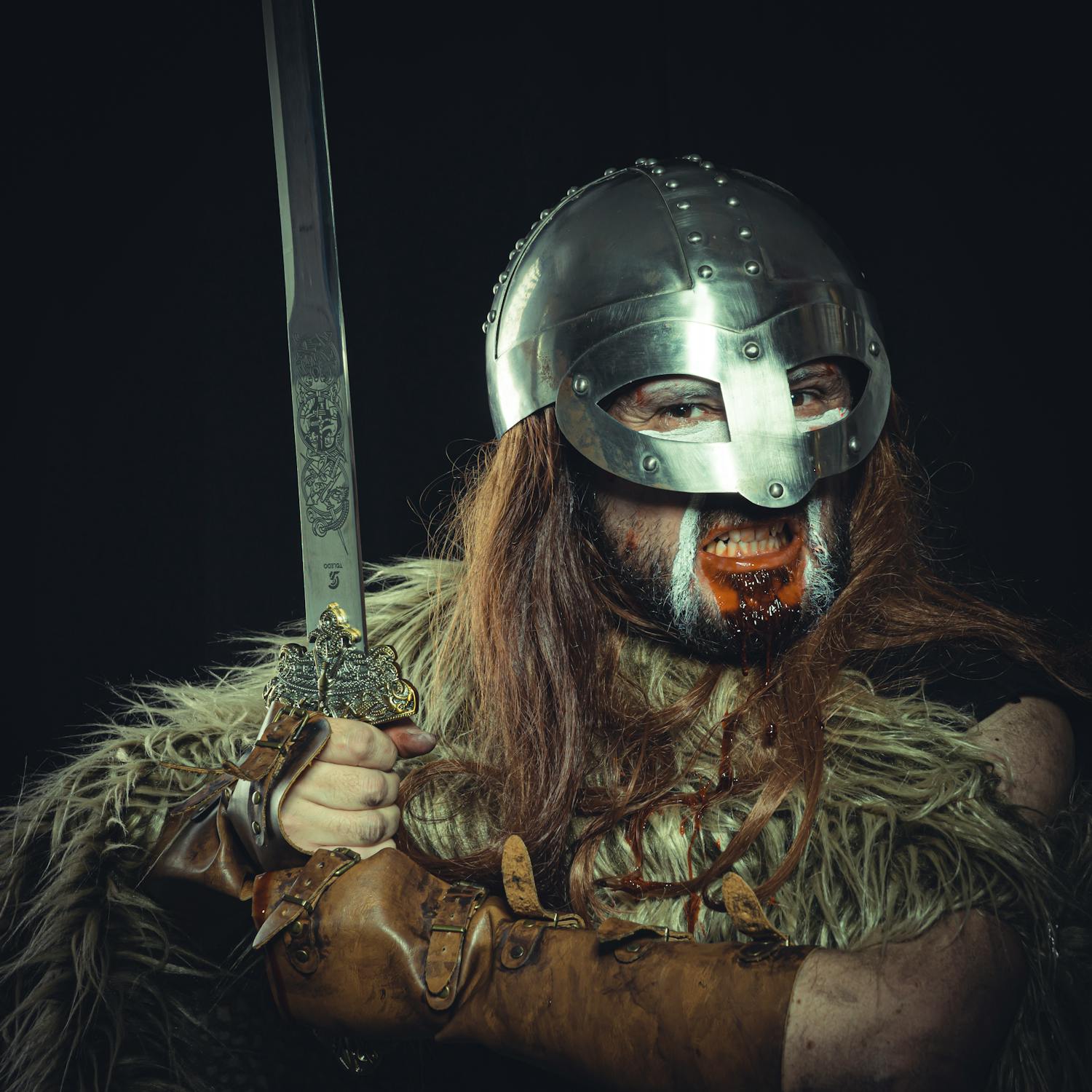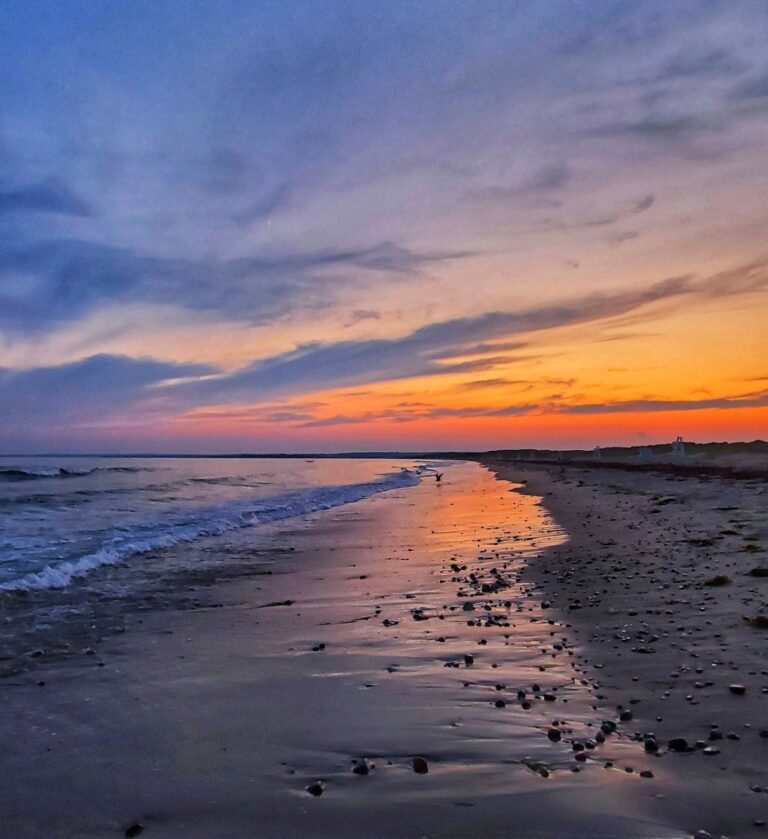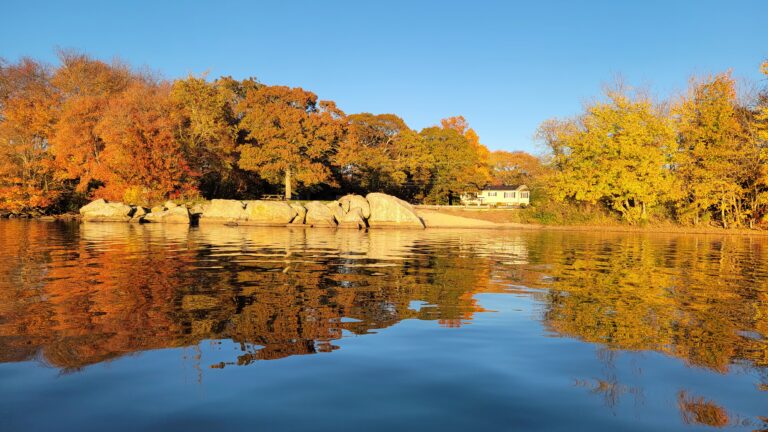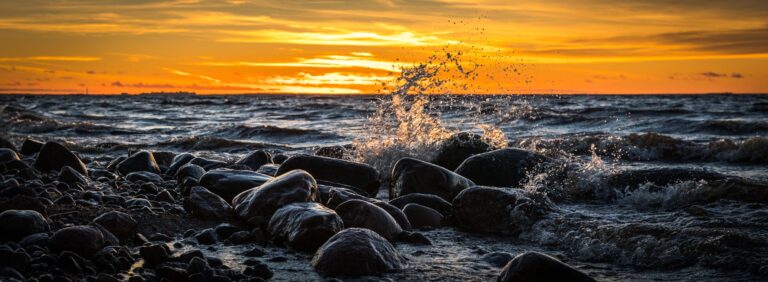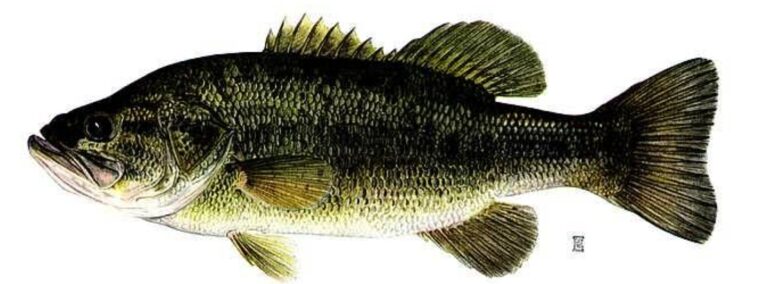Uncovering Viking Presence in Massachusetts: Exploring Westport’s Intriguing History
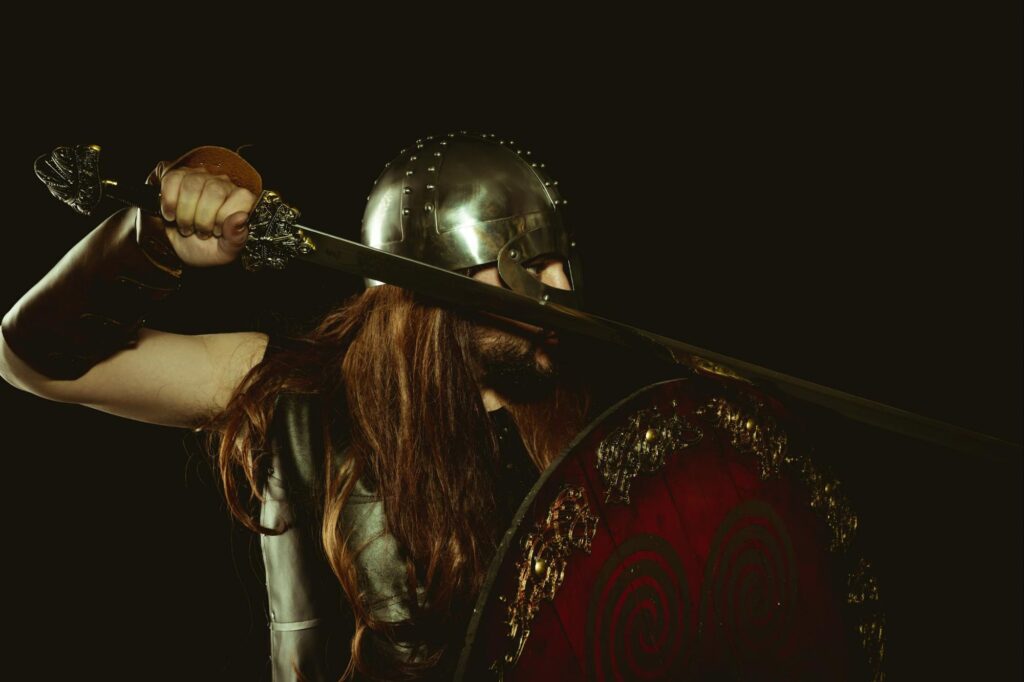
The history of the Vikings is often associated with their exploits across Europe, but evidence suggests their reach extended far beyond. In recent years, archaeological discoveries in Massachusetts, particularly in the Westport area, have shed light on potential Viking presence in North America. This post delves into the fascinating findings that hint at the Vikings’ journey to Massachusetts and their interactions with indigenous peoples. This article focuses on Westport, and the surrounding region (but includes all of Massachusetts).
Viking Voyages to North America: The Vikings, skilled navigators and seafarers, are famously known for their exploration of new lands. Leif Erikson’s expedition to Vinland around 1000 AD is one of the most well-documented instances of Norse presence in North America. While the exact location of Vinland remains debated, archaeological evidence suggests sites in Newfoundland and possibly further south along the northeastern coast of North America, including all of Massachusetts.
A Viking Connection? Westport, situated on the southeastern coast of Massachusetts, boasts a rich history dating back centuries. Recent archaeological digs and studies have uncovered intriguing artifacts that hint at possible Viking activity in the region. The proximity of Westport to other known Viking landing sites in New England adds credence to these discoveries.
Discoveries in Westport: Norse Artifacts: Archaeologists have unearthed several artifacts in Westport that bear resemblance to Norse craftsmanship. These include bronze cloak pins, spindle whorls, and even a Viking-style axe head. The presence of such artifacts suggests possible trade or interaction between Vikings and indigenous peoples in the area.
Indigenous Accounts: Indigenous oral histories and traditions also offer tantalizing clues about early encounters with foreigners. Some narratives passed down through generations speak of encounters with fair-skinned, bearded strangers who may have been Viking explorers. While these accounts cannot be solely relied upon as historical evidence, they provide valuable insights into early interactions between different cultures.
Runestone Controversy: One of the most contentious local discoveries within Massachusetts is the Westford Knight, a carved stone slab resembling a knight that some believe to be evidence of pre-Columbian European presence in North America. While the authenticity of the Westford Knight remains disputed, its proximity to Westport (approx. 100 Miles away) fuels speculation about Viking exploration in the region.
The Dighten Rock: A silent sentinel amidst the rugged landscape, its weathered surface bearing enigmatic carvings that hint at a connection to the seafaring Vikings of old. Etched into its ancient face are intricate runes and symbols, whispered to tell tales of exploration, conquest, and trade. Scholars speculate that this formidable rock served as a navigational marker or a boundary stone for Viking settlements along the coast, bearing witness to their enduring legacy in these lands. Its presence continues to evoke a sense of awe and curiosity, inviting adventurers and historians alike to unravel the mysteries of its past.
Newport Tower: Standing tall amidst the quaint charm of Newport, Rhode Island, the Newport Tower has long intrigued scholars and visitors alike with its mysterious origins and possible ties to the Viking exploration of North America. Believed by some to be a remnant of Norse presence in the New World, the tower’s architectural style and enigmatic carvings fuel speculation about its connection to Viking expeditions. While some argue that it was constructed by European settlers in the 17th century, others point to its striking resemblance to Norse structures found in Greenland and Iceland. Theories abound, suggesting that the Newport Tower could have served as a navigational beacon, a defensive fortification, or even a ceremonial site for Viking explorers. Despite ongoing debate and research, the true origins of this enigmatic structure continue to elude conclusive explanation, leaving the Newport Tower shrouded in the captivating allure of its mysterious past.
Conclusion: The evidence of Viking presence in Massachusetts, particularly in the Westport area, continues to intrigue historians and archaeologists alike. While conclusive proof remains elusive, the discovery of Norse artifacts and the examination of indigenous accounts hint at the possibility of early Viking exploration in North America. Further research and excavation efforts in Westport and other coastal regions may uncover additional clues about the extent of Viking activity in the New World, enriching our understanding of this fascinating chapter in history.
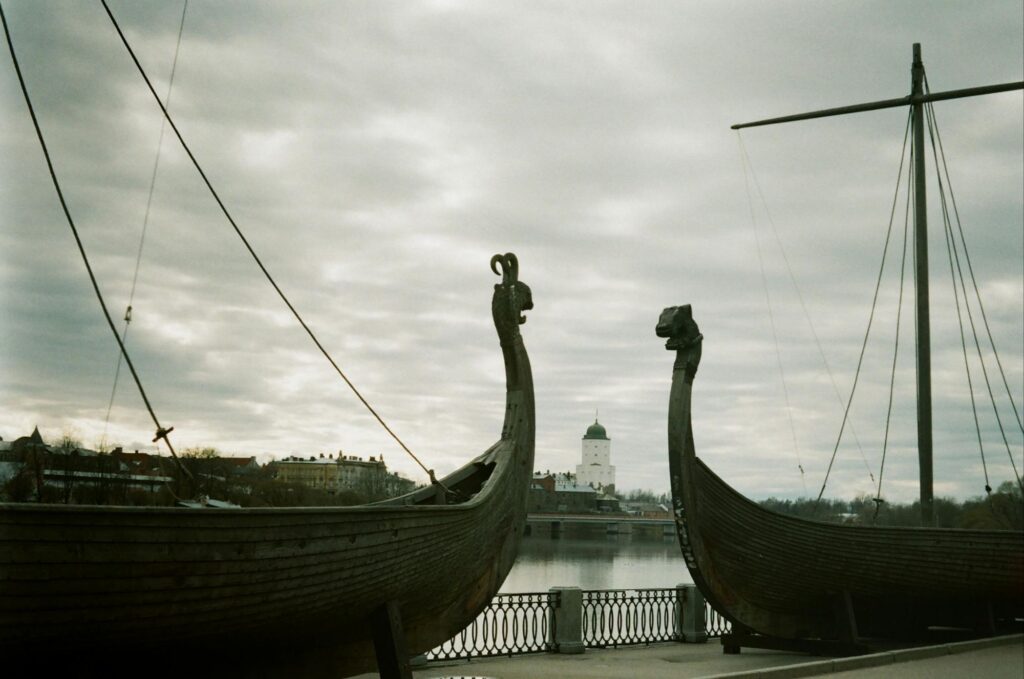
By delving into the mysteries of the past, we gain a deeper appreciation for the interconnectedness of cultures and the enduring legacy of exploration and discovery. The quest to unravel the truth behind Viking presence in Massachusetts serves as a testament to the human spirit’s insatiable curiosity and thirst for knowledge.
